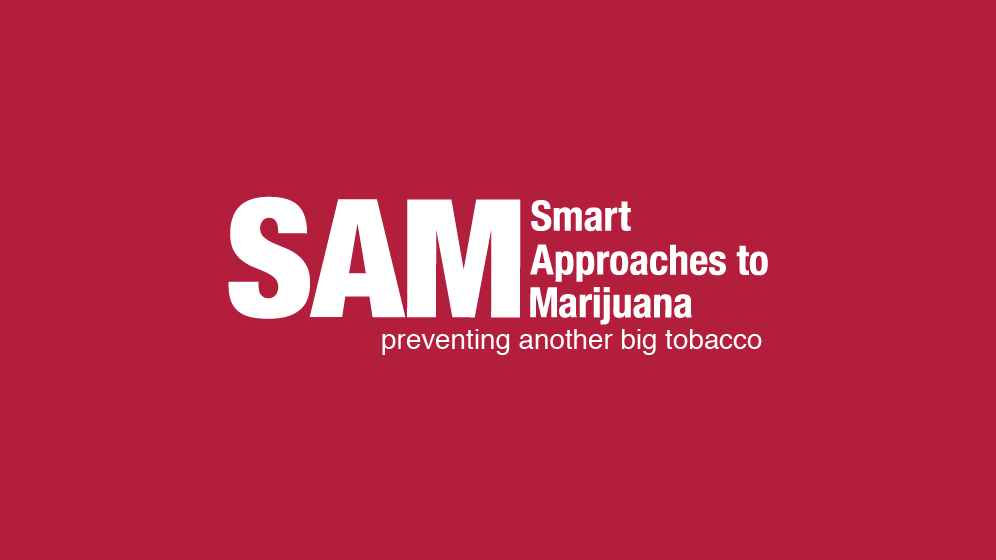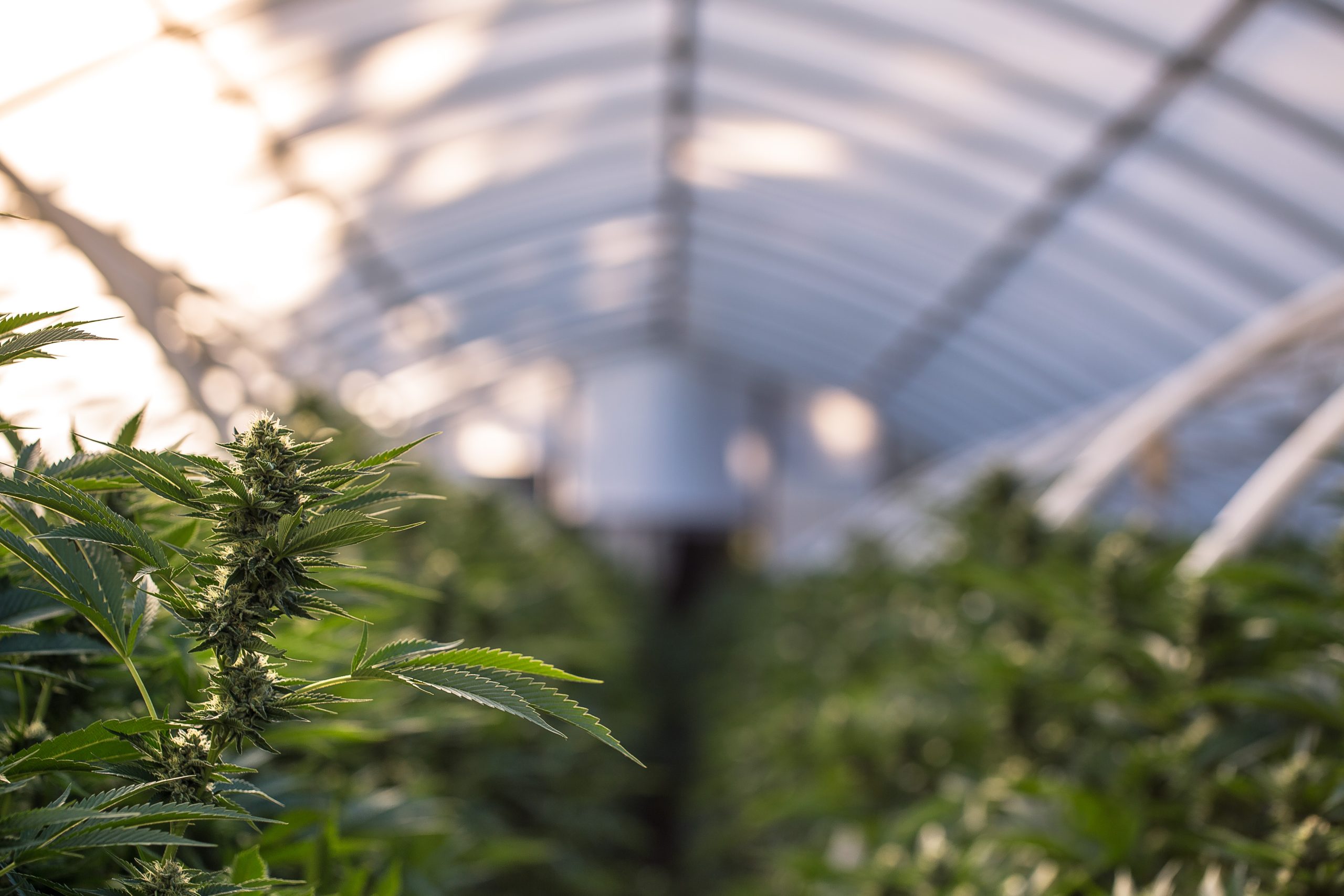
When discussing drug policies and their enforcement, the war analogy is not a particularly useful one.
Wars have defined ends, and we know that even if we were to prevent all drug use from happening among today’s generations, we’d still have to educate the next generation about the dangers of drugs. Fighting drug addiction is more akin to our efforts against cancer, which is something we should continually prevent, treat and recover from. But even that analogy is not perfect. Unlike cancer, there is a market for drugs. Finding a smart way to reduce that market — by cutting its demand and supply — is the shortest route out of the $193 billion in costs that society each year incurs as a result of drug use in America.
What are some smart ways to reduce supply and demand? Fortunately, although they are hardly audible over the much sexier debate about legalization, we do know what can work to reduce drug use and its consequences. Our challenge remains in scaling up these interventions and having the will to fully implement them:
Prevention: Stopping drug use before it starts is easier than it sounds. Though prevention has long focused on individual, isolated programs in schools, thousands of communities have formed community action coalitions to reduce drug availability, access, and norms that allow for drug use (including prescription drug use, which is America’s fastest growing drug problem today).
Intervention: If individuals do start to use drugs, we know that brief interventions (by doctors, coaches, parents, faith leaders, or others) do a pretty good job at stopping the progression of use from non-dependence to addiction.
Treatment, sometimes with enforceable sanctions: Decades of research have shown that treatment reduces crime and saves money. But newer interventions, like drug courts or interventions that combine positive drug tests with very short sanctions (like 1-3 days in jail) can significantly reduce drug use and help people live a better life. Using the judicial system wisely by enforcing abstinence with short stints in jail is an incentive drug users sometimes need—indeed it has shown to work better than traditional, voluntary treatment alone.
Smart enforcement: Yes, there is a place for enforcement too. Targeted enforcement increases the price of drugs (and people adjust their drug use based on price) and puts the right people in jail for the public good. Programs like the drug market intervention and Ceasefire can actually help turn low-level dealers around and make communities safer.
This is but a small list of the strategies that do work to reduce drug use and its consequences. It remains to be seen whether we will use these interventions to their full potential or instead throw up our hands and abandon all efforts as if nothing can ever work. Let’s hope it is the former. As George Washington law professor Jeffrey Rosen once wrote about these interventions, “The relative simplicity of the solutions, it turns out, is at the core of their radical potential.”
SAM director Kevin Sabet is a former senior policy adviser to the Obama administration. He also worked in the White House on drug policy under Presidents Clinton and Bush.
